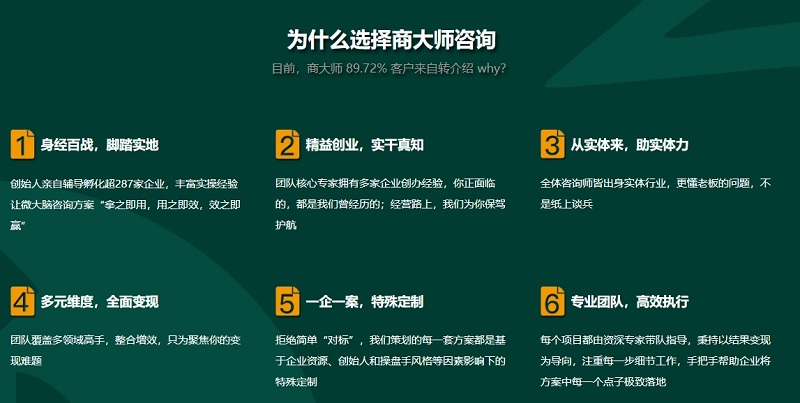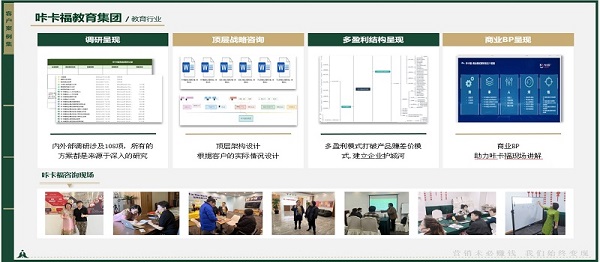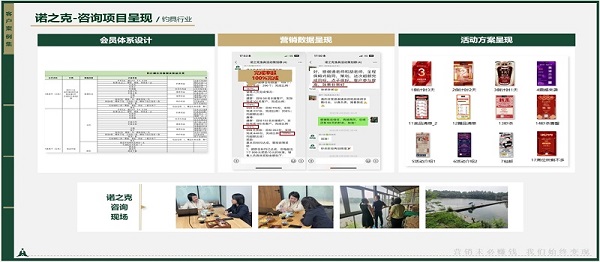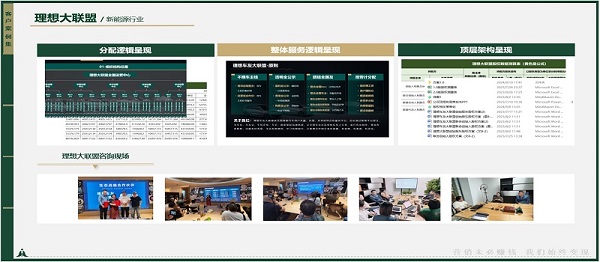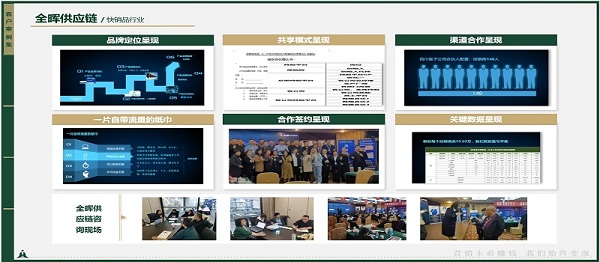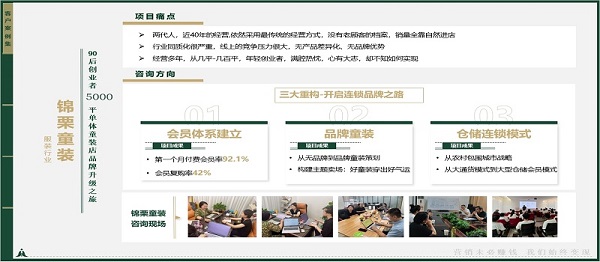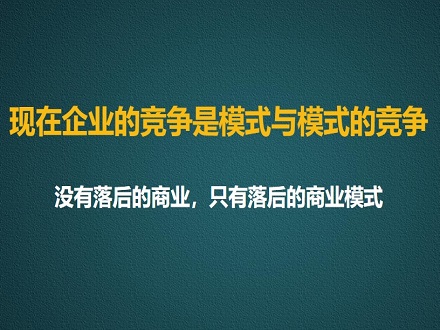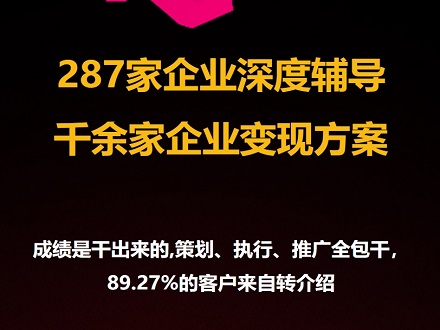品牌定位策略的核心类型
Brand positioning strategy is a key tool for enterprises to establish differentiated competitive advantages in the market. Through precise positioning, brands can occupy a unique position in the minds of consumers. Common strategies include differentiation positioning, category leadership, emotional connection, functional focus, and price segmentation. Each strategy corresponds to different market demands and consumer psychology.

差异化定位的实践路径
Differentiation positioning emphasizes creating unique product attributes or brand personality. For example, Tesla's positioning in the electric vehicle field combines technological innovation with environmental values. Enterprises need to conduct in-depth analysis of competitors' weaknesses and consumer pain points, then amplify their own irreplaceable characteristics through R&D, design, or service systems.
品类定位的突破逻辑
Category positioning requires brands to redefine market boundaries. Red Bull successfully created the "energy drink" category, avoiding direct competition with traditional beverages. This strategy often requires category education and consumer habit cultivation. Enterprises must have the foresight to discover potential market gaps and the operational capabilities to support category expansion.

情感定位的价值构建
Emotional positioning builds brand equity through value resonance. Nike's "Just Do It" inspires consumers' inner motivation, transforming products from functional tools into spiritual symbols. This strategy requires precise grasp of the target group's emotional needs and consistent output of cultural content to maintain brand temperature.
功能定位与价格定位的平衡
Functional positioning emphasizes product performance parameters, suitable for markets with clear demand standards. Price positioning needs to coordinate cost control and perceived value. Xiaomi's early "cost performance king" strategy combined both highlighting hardware configurations while maintaining price advantages, achieving rapid market penetration.
战略选择的关键维度
企业需从三个维度评估定位策略:目标市场的成熟度决定策略激进程度,在红海市场更适合差异化或情感定位;供应链能力影响价格定位的可持续性;品牌基因决定情感定位的可行性。数据驱动的消费者洞察和竞品矩阵分析是决策基础。

常见认知误区解析
中小企业常陷入"全要素竞争"陷阱,试图在多个定位维度同时发力。实际上有效的定位需要战略聚焦,选择1-2个核心要素深度突破。另一个误区是过度依赖短期营销包装,忽视产品力与定位的匹配,导致品牌承诺无法兑现。
动态市场中的定位迭代
当市场环境剧变时,品牌需启动定位升级而非简单调整。新能源汽车冲击下,传统豪华车品牌正从"机械性能"转向"智能体验"定位。迭代过程中要保持核心价值的延续性,通过产品线分层或子品牌策略实现平稳过渡。
效果衡量的指标体系
品牌健康度评估应包含心智占有率、溢价接受度、推荐指数等软性指标。硬性指标需区分定位类型:差异化品牌关注复购率,品类跟踪市场教育成本,情感型品牌侧重用户内容共创量。数据采集周期应匹配行业变化速度。
长期价值维护机制
建立定位防护体系需要三层布局:知识产权构筑法律护城河,用户社区形成情感护城河,技术研发构建能力护城河。定期通过品牌审计发现定位偏移风险,运用内容矩阵强化核心认知,在延伸创新时保持战略定力。

